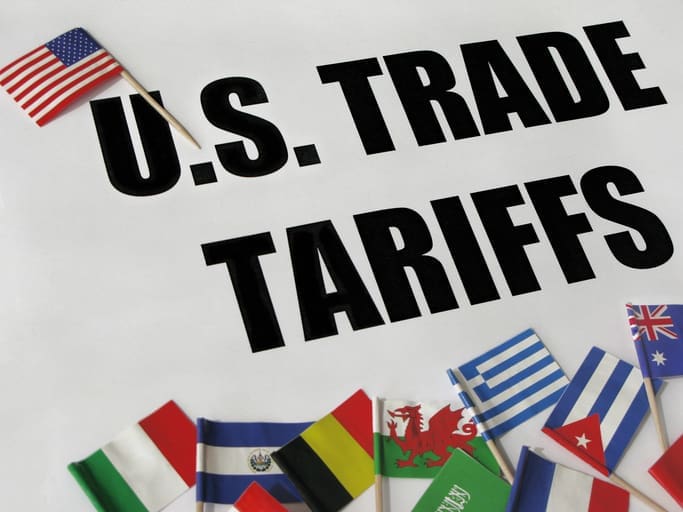The Indian textile industry is closely monitoring potential trade policy changes from the incoming Trump administration in the United States, with the Indian government signalling a reactive, rather than a preemptive, approach to any new tariffs. While the FY26 Budget, to be presented on February 1st, is unlikely to include sweeping anticipatory customs duty restructuring, targeted adjustments within the textile sector are anticipated.
Sources indicate that while routine duty adjustments, including those aimed at correcting the “inverted duty structure” – where duties on components are higher than finished goods, disadvantageous domestic manufacturers – will be considered, a major overhaul in response to Trump’s “high tariff” nation accusations is unlikely. This inverted duty structure has particularly impacted textile manufacturers who face higher costs for essential inputs.
The government’s stance is one of cautious observation, awaiting concrete policy actions from the new US administration following the January 20th inauguration. While Trump has repeatedly criticized India’s tariff regime, the precise nature and timing of any retaliatory measures remain unclear.
India maintains that its tariffs have been significantly lowered and are largely aligned with global averages. However, the textile industry, along with other sectors, has frequently sought tariff protection, highlighting persistent challenges in global competitiveness. This is further complicated by the fact that the US itself maintains high tariffs on specific goods, including textiles and related products like cotton and certain yarns.
Despite this, the Indian government has acknowledged the need for tariff rationalization. The FY25 Budget outlined a comprehensive review of the duty structure, aiming for simplification, dispute reduction, and addressing duty inversion. This review is expected to inform targeted adjustments within the textile sector in the upcoming budget. Industry stakeholders have specifically requested reductions in duties on crucial inputs such as machinery parts, processing chemicals, and raw materials, including certain types of fibres and dyes.
Experts suggest that focusing on enhancing manufacturing competitiveness, particularly through reduced import duties on components, will be crucial for the textile industry. This approach aims to bolster export competitiveness in a challenging global market.
While the exact impact of potential US tariffs on the Indian textile sector remains uncertain, the government’s focus on internal tariff restructuring, especially addressing the inverted duty structure and input costs, signals a commitment to strengthening the industry’s resilience and global standing. The upcoming budget is expected to provide further clarity on specific measures aimed at supporting the textile sector in this evolving trade landscape. This includes potentially addressing abnormally high tariffs on certain luxury textile products that could be impacting trade relations. The industry will be watching closely for these adjustments, which could significantly impact its future competitiveness.

